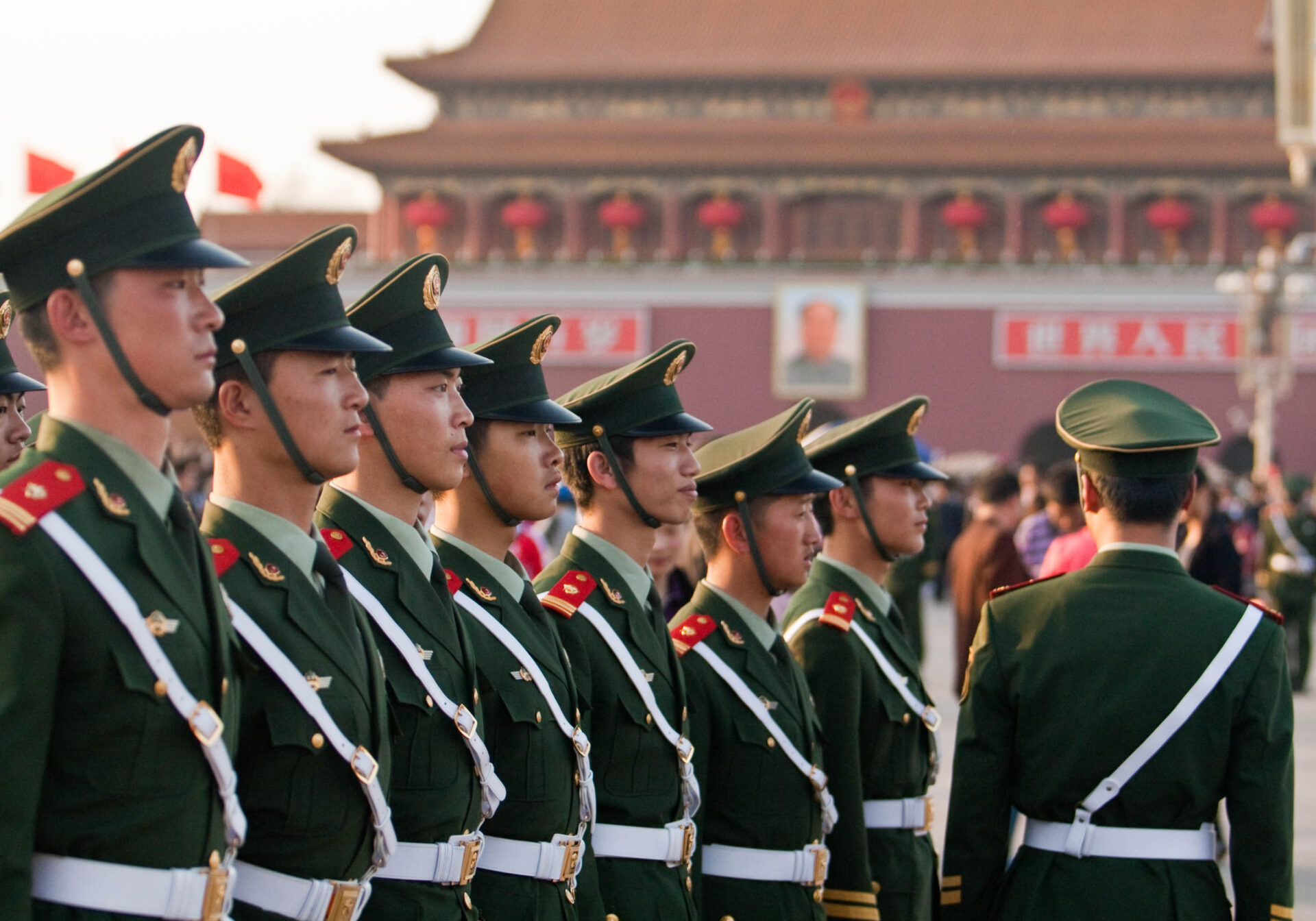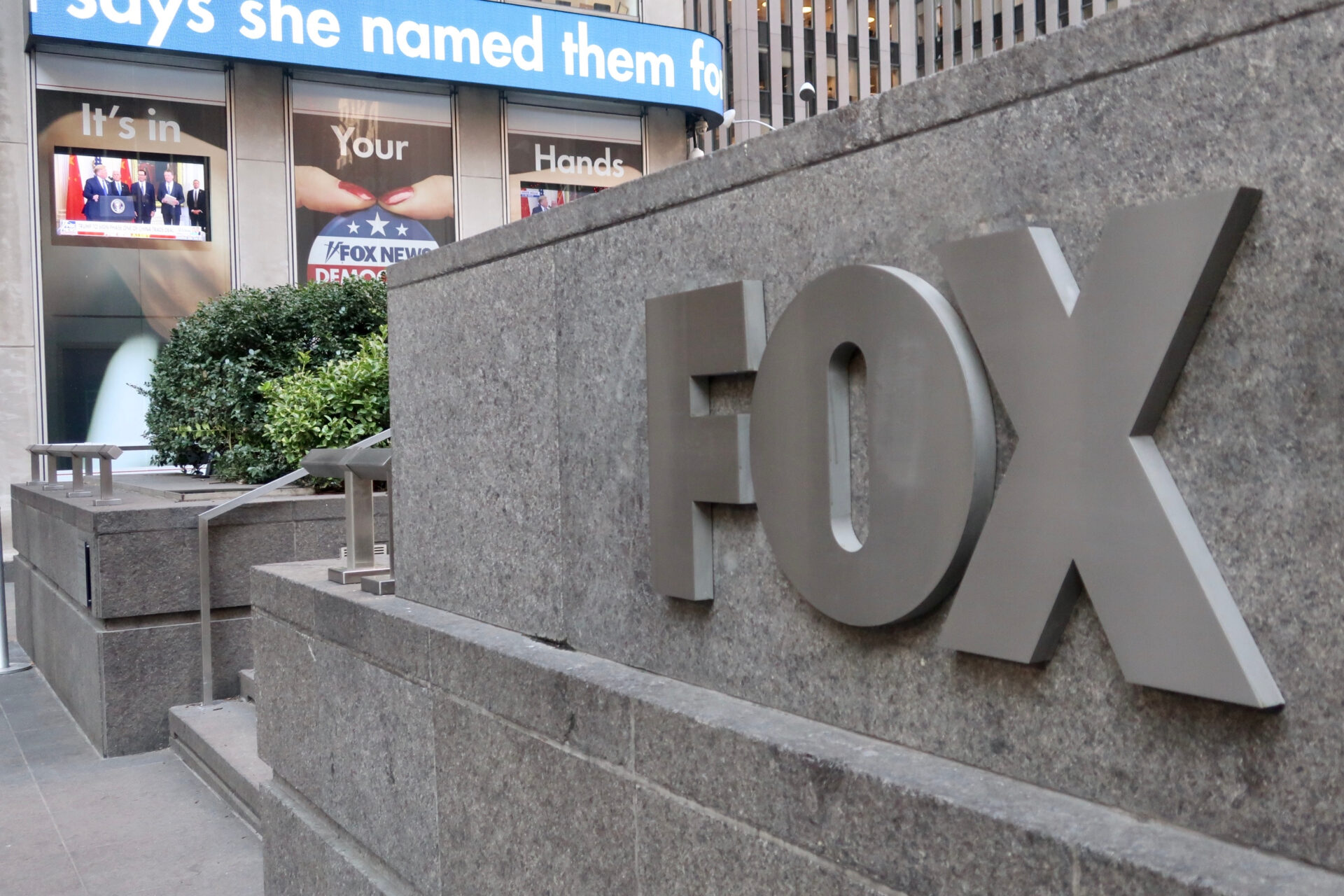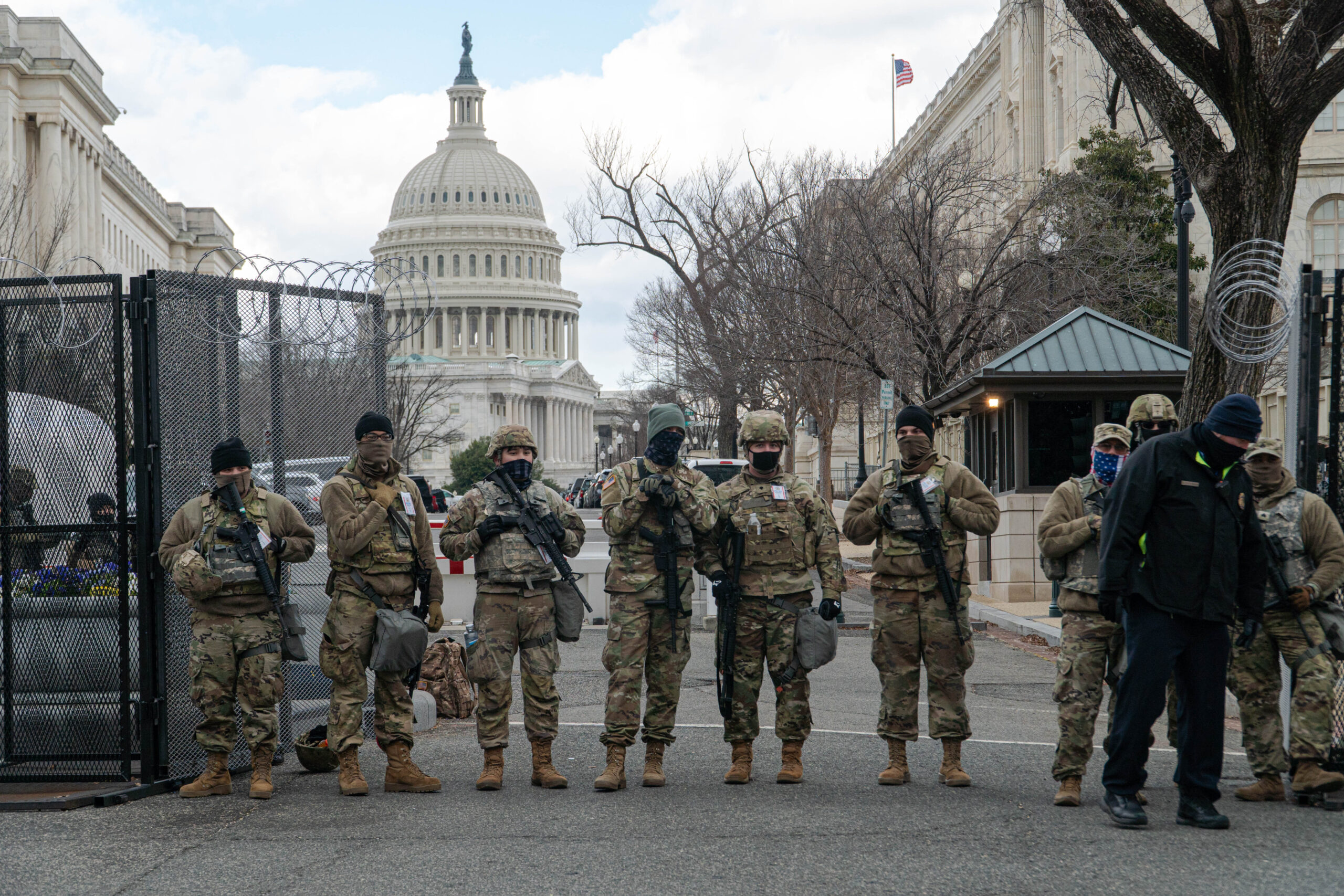
China’s Nuke Build-Up SHOCKS Rivals!
China is accelerating its nuclear weapons expansion with hundreds of new missile silos and an arsenal expected to exceed 1,000 warheads by 2030.
At a Glance
- China possesses roughly 600 nuclear warheads
- About 350 new missile silos are under construction
- 712 missile launchers currently operational, many U.S.-capable
- Analysts project China may surpass 1,000 warheads by 2030
Expanding Arsenal
Recent assessments indicate China has significantly increased its nuclear stockpile, reaching around 600 operational warheads. This represents one of the fastest build-ups among nuclear powers in recent decades. In parallel, satellite imagery and defense reports confirm construction of roughly 350 new missile silos in remote western provinces, marking a sharp departure from China’s historically modest nuclear posture.
Watch now: China’s Nuclear Arsenal Hits 600: “Not for Battle, But for …” · YouTube
China currently fields about 712 active missile launchers, many designed to deliver intercontinental ballistic missiles (ICBMs) with ranges sufficient to strike the continental United States. U.S. defense officials note that such capabilities could alter the strategic balance, especially as Beijing integrates mobile launchers to complicate detection and targeting.
Strategic Shifts
The pace of this expansion has raised concerns among analysts that China is moving beyond its long-professed “minimum deterrence” strategy. While Beijing has not formally abandoned its no-first-use policy, the scale of silo construction and diversification of launch platforms suggest preparations for a larger, more flexible nuclear force.
This development has intensified debates in Washington over whether current missile defense and deterrence postures remain sufficient. The Pentagon’s annual China Military Power Report previously projected Beijing’s arsenal could double by the end of the decade. With current trends, that projection now appears conservative.
Global Security Implications
China’s buildup is unfolding amid strained U.S.-China relations, limited arms control engagement, and a deteriorating global security environment. Unlike Russia and the United States, Beijing is not bound by bilateral treaties such as New START, leaving few formal mechanisms to cap or verify its arsenal.
For neighboring countries, including Japan and India, China’s growing capabilities add pressure to adapt defense strategies. Regional missile defenses are already under review, while some policymakers argue for expanded trilateral or multilateral frameworks to bring China into arms control discussions.
Nuclear experts warn that the absence of dialogue risks fueling miscalculations. Without transparency, other nuclear powers may assume worst-case scenarios, prompting reciprocal buildups and eroding decades of nonproliferation efforts. The possibility of a three-way arms race among Washington, Moscow, and Beijing is increasingly discussed in strategic circles.
Sources
The Atlantic
The Nation
Reuters


